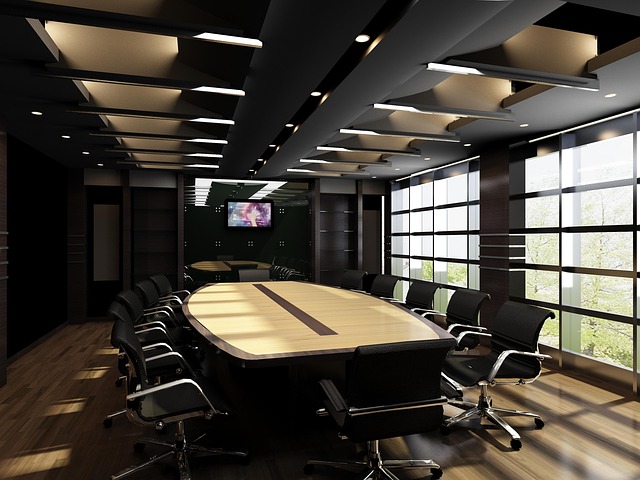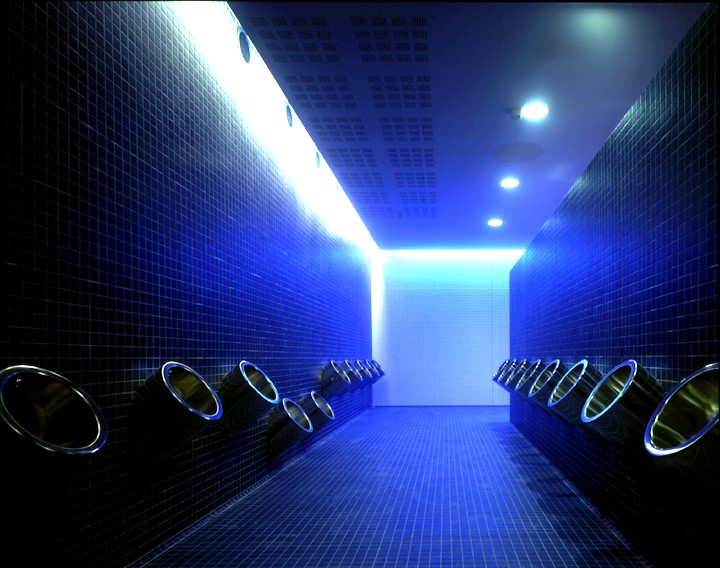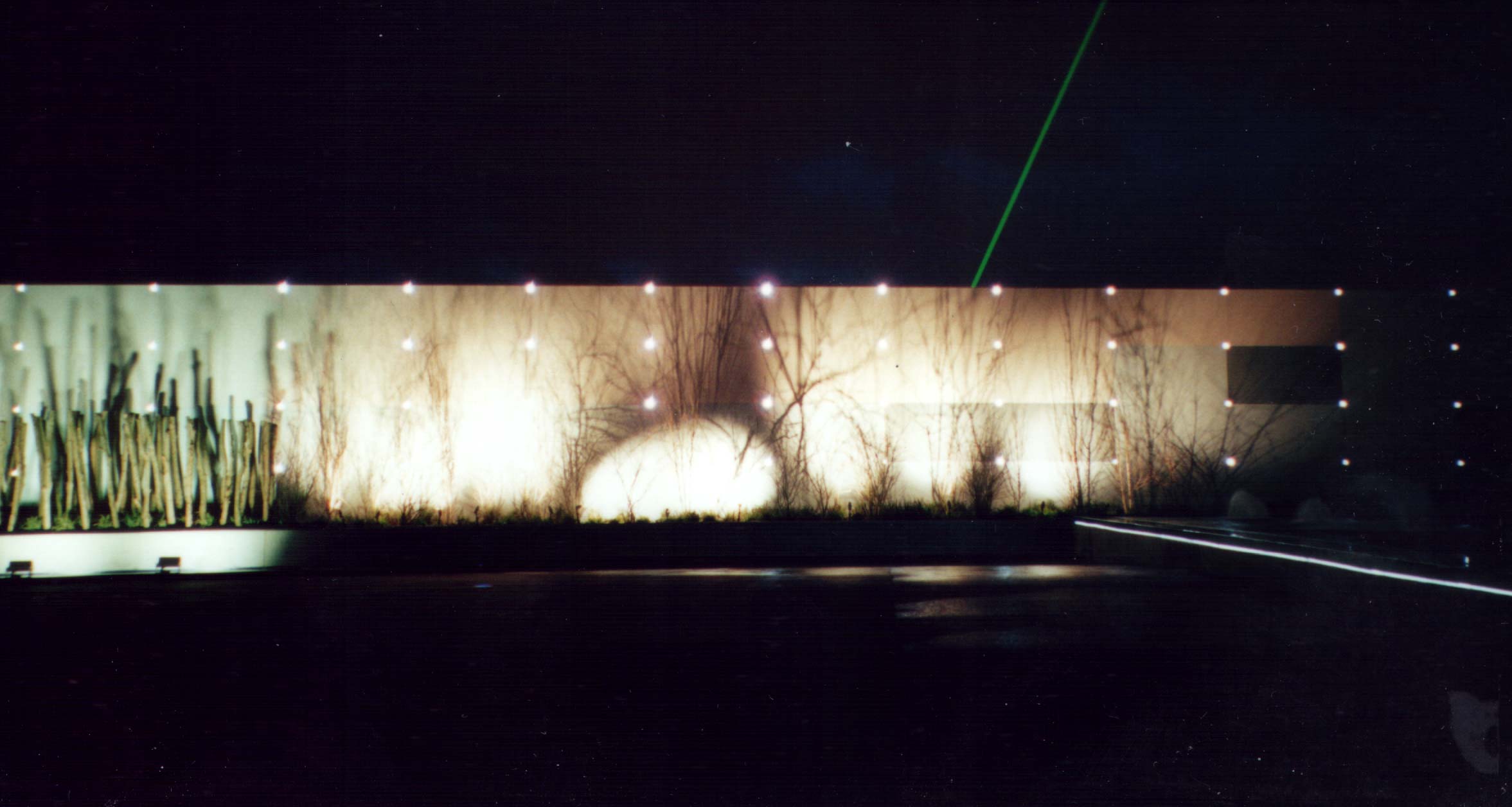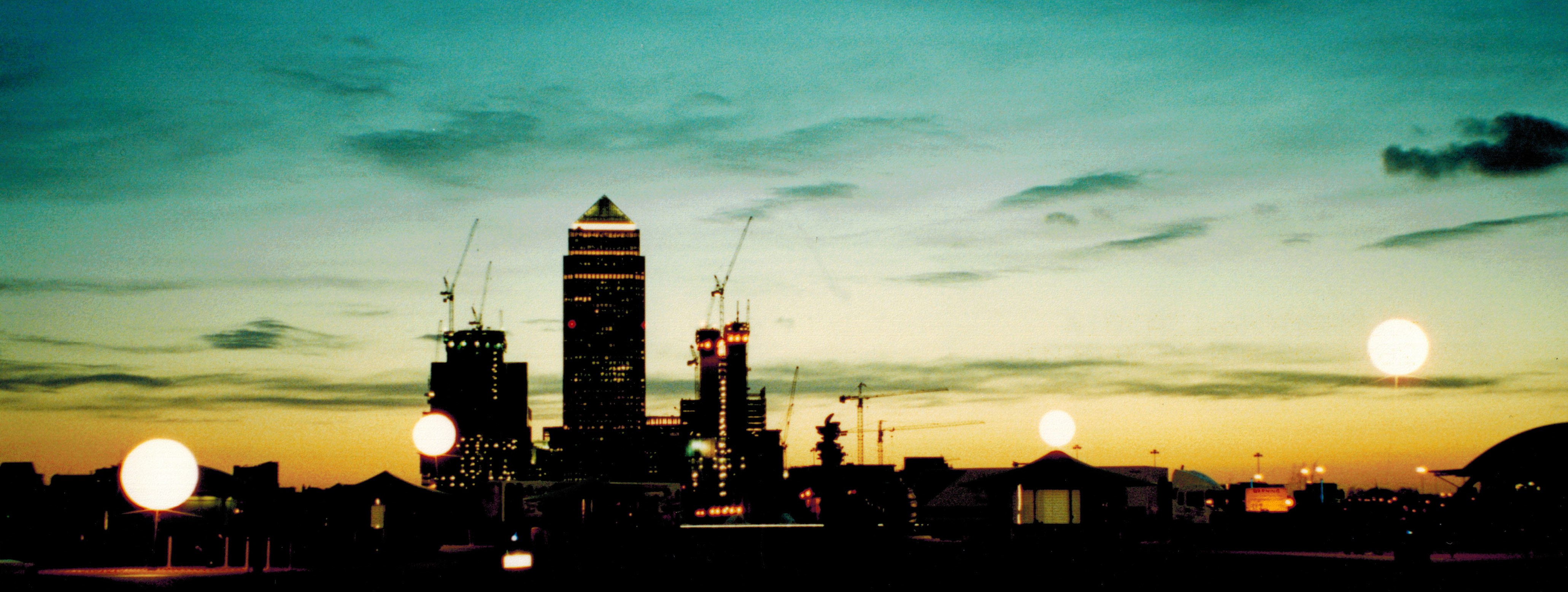Lighting designer
A lighting designer is a professional whose role relates to interior, architectural and lighting design.
It is their responsibility to design a lighting concept for a project that is both functional and appealing, with due consideration given to the health and wellbeing of the intended occupants. It is also their responsibility to determine how the concept can be implemented in a time and cost-efficient way.
Generally, human response determines the success of a lighting design; that is, an illuminated space that meets the needs of its intended function/occupants, does not cause discomfort, and so on.
The design process should consider:
- The needs of the individuals who will use the space (i.e. the activities for which the room/building is being used). There may be several types of users, performing a range of activities in a single space, with lighting conditions that change through the day and year.
- The amount of light required.
- Glare.
- The colour of the light.
- The distribution of light.
- The effect of the lighting on the occupant (wellbeing).
- Lighting controls.
- Interior, exterior and site lighting.
- Natural vs artificial light.
- General lighting v task lighting.
- Direct v reflected light.
- Regulatory requirements.
- Inclusive design.
- Light pollution.
- Flexibility.
- Emergency lighting.
- Energy efficiency.
- Ease of installation.
- Maintenance and replacement.
Lighting designers may work independently or as part of an architectural or engineering company. They are generally not the lead designer but one of the expert consultants contracted to help fulfill the overall vision of a project. A lighting designer might work closely with an architect to try and achieve the intended effect of the architect.
Typical duties might include:
- Designing and coordinating lighting projects from start to finish. The may include new build and refurbishment projects.
- Preparing detailed drawings, schedules and plans (manually, or using CAD, BIM or specialist modelling and visualisation software).
- Liasing with other members of the project team.
- Liaising with the client, and other relevant stakeholders to present and discuss ideas, mock-ups, concepts, and alternative solutions where necessary.
- Liaising with product designers and suppliers.
- Briefing and liaising with electrical installation contractors.
- Ensuring compliance with building regulations.
- Project management and supervision of subcontractors.
- Post occupancy evaluation and fine tuning.
- Devising maintenance and repair strategies.
Relevant skills might include:
- A combination of artistic skill and technical knowledge.
- Understanding of lighting instruments, computer software, lighting theory, electronics, and so on.
- Staying up-to-date with latest lighting technologies.
- Understanding of architecture in the context of lighting.
- Organisational and numerical skills to manage projects, budgets, programmes, and so on.
- Written and verbal communication skills.
- Close attention-to-detail.
- Visualisation and 3D-modelling skills.
Lighting designers may be graduates, either with degrees specific to their chosen field or in related areas such as architecture, engineering or interior design. Some more specific course are available, including:
- BA Lighting Design.
- BA Interior Architecture.
- BA Interior Design.
- BA Spatial Design.
[edit] Related articles on Designing Buildings Wiki
- Anglepoise lamp.
- Artificial lighting.
- Aspects of daylighting design covered by EN 17037.
- BRE Expert Collection 6 Daylight and shading.
- Colour appearance.
- Commercial lighting.
- Consultant team.
- Daylight factor.
- Daylight lighting systems.
- Daylit space.
- Designing daylight solutions for commercial buildings.
- EN 17037 Daylight in buildings.
- General lighting v task lighting.
- Glare.
- Health and wellbeing impacts of natural and artificial lighting.
- Illuminance.
- Interior designer.
- Light fitting.
- Light pollution.
- Lighting and energy efficiency.
- Lighting and health infographic.
- Lighting of construction sites.
- Lighting.
- Natural light.
- Rights to light.
- Smart office lighting.
- Space planning.
- Specialist designers.
- Specialist process lighting.
- The essential guide to retail lighting.
- The impact of lighting in retail design.
- Types of building EN 17037 applies to.
- Types of lighting.
- Use of lighting to improve health and wellbeing.









